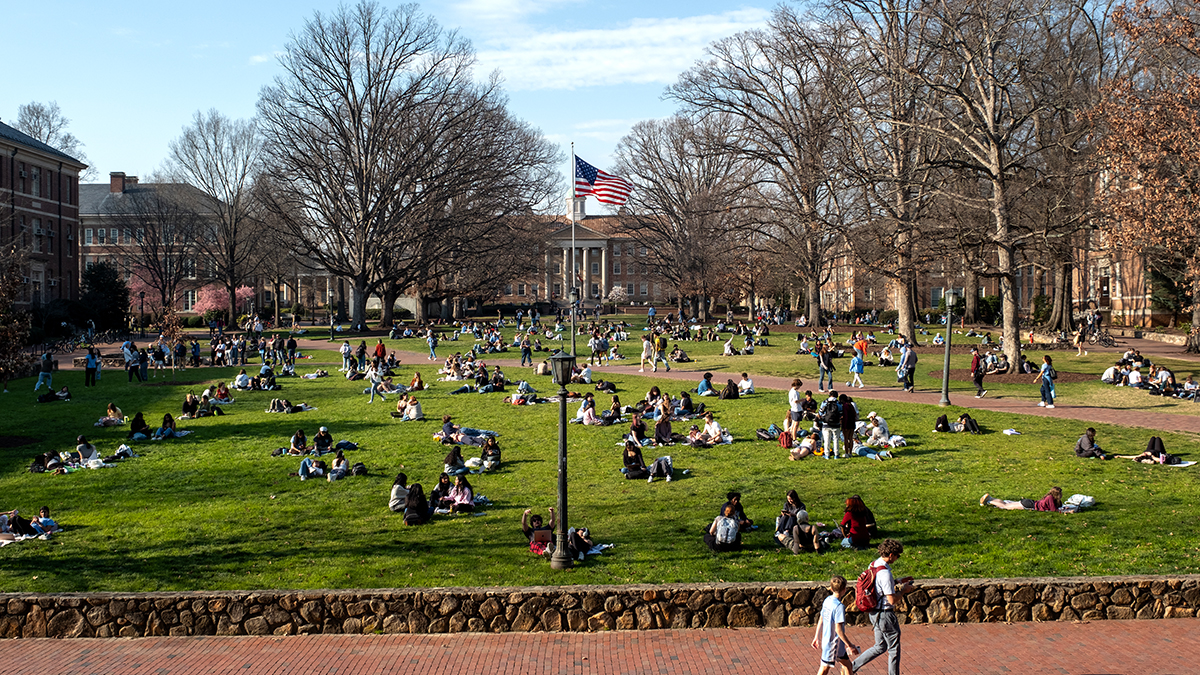A Nobel connection in Stockholm
Oliver Smithies, Weatherspoon Eminent Distinguished Professor of Medicine, won the Nobel Prize for Medicine in 2007 for his work to help discover the principles for introducing specific gene modifications in mice by the use of embryonic stem cells.
Stockholm, Sweden’s Nobel Museum is one with a powerful connection to the University of North Carolina at Chapel Hill.
Alongside names like Einstein, Curie and the Dalai Lama, another of the 889 Nobel Laureates featured in the museum is Oliver Smithies, Weatherspoon Eminent Distinguished Professor of Medicine. He won the Nobel Prize for Medicine in 2007 for his work to help discover the principles for introducing specific gene modifications in mice by the use of embryonic stem cells.
Chancellor Carol L. Folt led a delegation from Carolina in late August to visit the museum while attending the Hawking Radiation Conference, a theoretical physics gathering co-sponsored by the University. Finding recognition dedicated to Smithies within the museum was a priority.
“We felt so proud when we saw Oliver Smithies, right from North Carolina, right here standing shoulder to shoulder with the greatest thinkers of our time from around the world,” Folt said.
Interactive touch-screen displays show museum visitors a photo of Smithies and a description of the work that led to the Nobel Prize. A small banner outlining Smithies’ accomplishments also moves along a track on the ceiling of the museum, joined by similar banners of fellow Nobel Laureates dating back to 1901.
“It’s a great feeling to see someone who you basically share your campus with have a spot in the Nobel Museum,” said Cynthia Bulik, Distinguished Professor of Eating Disorders in the School of Medicine, who joined the Carolina delegation on the tour.
Like most Nobel Laureates since 2001, Smithies also signed the bottom of a chair in the museum’s bistro. A museum tour guide showed the chair to Folt, Bulik and other members of the delegation.
After seeing a colleague recognized, touring exhibits donated by Nobel Laureates and reading some of their quotes on display, the members of the Carolina delegation left the Nobel Museum feeling inspired.
“We also were visiting things about Peter Higgs, to whom we just gave an honorary degree,” Folt said. “I also visited work by Barbara McClintock and Einsten and so many people who have shaped the world. It’s very exciting.”
“We had a wonderful tour, and it was so exciting and inspiring to be in there and to see the 889 Nobel Laureates,” Bulik said. “So much creativity, so much brilliance all concentrated in one room.”




